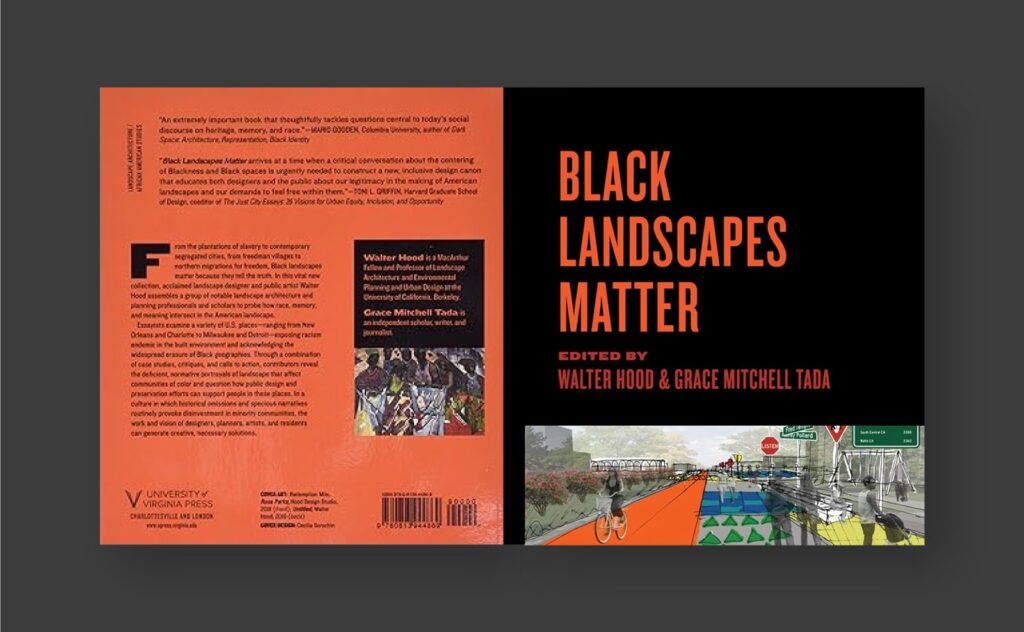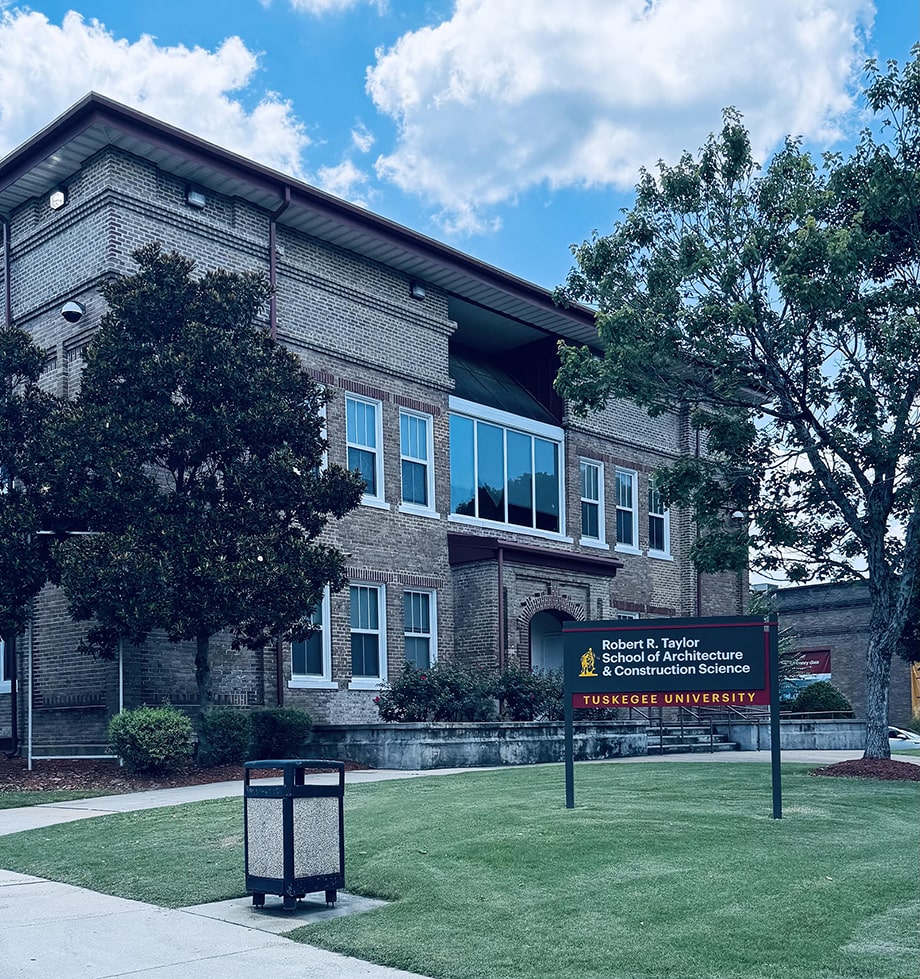Architecture and landscape are not just neutral backdrops. They tell stories of power and belonging — and for too long, they have ignored or erased Black stories— Walter Hood. But black landscapes matter, how?
If you imagine the word landscape, what do you see? You can surely see some buildings, parks, streets, or open fields. But have you ever thought that landscapes are not just about these material things? It also tells about the lives and activities of the people involved with these things.
Black people have made a significant contribution to shaping the landscape of America. However, their contributions were not acknowledged. Instead, they had to struggle for their rights for centuries. Many structures and places connected with the movements did not receive recognition. Influential white people destroyed their heritage.
Why Black Landscapes Matter?
Black landscapes represent the history, tradition and culture of Black people—the history of a long struggle against racism. African Americans have made significant contributions to shaping American politics, economics, society, and policy. They gave their labour, their lives, behind the creation of today’s America. However, even today, it has been observed that their labour has not received the due respect it deserves.
Therefore, we must ensure that this history is not destroyed or erased. Black landscapes matter in telling the truth. The landscapes, places, and environments that connect Black history deserve recognition. The culture and communities deserve care and preservation.
We need to construct our new structures in a manner that reflects our histories. We also need to re-establish the destroyed structures that link to history. Walter Hood and Grace Mitchell Tada suggested a way forward in “Black Landscapes Matter.”
What did the Book “Black Landscapes Matter” say?
The Black Lives Matter movement laid the groundwork for the book “Black Landscapes Matter.” University of Virginia Press published the book in 2020. Walter Hood and Grace Mitchell Tada edited the book. Walter Hood is a landscape architect and a MacArthur “Genius”. They demonstrated through their research that Black historical sites were ignored. Not only that, they also showed the way to preserve the Black landscapes.
It reminds us that landscapes or public spaces often reflect power and supremacy. Landscape architecture has historically celebrated white cultural standards, but ignored or destroyed the places that were connected to Black people.
The book highlighted several calls to action for architects, designers, and readers. How can we dignify the cultural pride of Black people inclusively?
• Recognise and preserve Black cultural heritage in the current environment.
• Design new buildings and spaces that reflect and serve Black communities.
• Use designs as a tool to build social justice to foster inclusion.
“Landscapes tell us who belongs. To deny Black landscapes is to deny Black belonging.”
KIJIJI Atlanta always maintains that legacy in their designs. They are building a village that bears African culture, colours and stories.

How Black Landscapes Are Ignored?
Walter Hood and researchers marked the incidents where Black histories were neglected. For example:
Slave Plantations:
Black people’s quarters, workspaces, and cemeteries were ignored. However, the houses and gardens of white owners were often preserved on many plantations in the U.S. South. Even those were essential parts of the history, too.
Black Neighbourhoods:
In many places, freed Black people built thriving communities. However, new roads and cities destroyed these. They needed to be preserved as historical sites, but they were not.
Civil Rights sites:
Many structures associated with the Civil Rights Movement have been destroyed. But they symbolised essential times and events in history.
Some Memorable Black Landscapes
If you want to discover Black history and culture, here are some powerful examples. They show how Black landscapes are being uncovered, preserved, and celebrated:
African Burial Ground National Monument, New York
An 18th-century African American graveyard was discovered in the 1990s. That was found under an office building. The cemetery has been preserved and is honoured as a national monument, featuring a memorial centre.
The Greenwood Cultural Centre, Tulsa’s Black Wall Street
Another memorable place is the Greenwood District in Tulsa. It was a thriving business community of freed Black people. It was destroyed in the 1921 massacre. Later, it is preserved with memorials, museums, and landscape improvements.
How Black Landscapes Matter to Tuskegee University?
Tuskegee University has been an inspiration for Black architecture and design. The university was founded by Booker T. Washington in Alabama in 1881. Tuskegee University was one of the first institutions to offer programs for Black landscape architects.
The students of this university built their campus independently, which helped them develop excellence in landscape design. This effort revealed the aesthetic knowledge of Black people in landscape design.
It showed they can create alluring but functional spaces for the community. African American craftsmanship and design were showcased in the Chapel. Their skills have left a lasting mark on the Carver Museum and the university’s historic dormitories.
Prominent African American agricultural scientist, George Washington Carver also worked at Tuskegee Institute, now known as Tuskegee University. He emphasised the spiritual connection to the land through agriculture and environmental care.

Tuskegee’s Message to Architects and Designers
Tuskegee created an example for students that demonstrated how design can empower people. They inspired students to engage communities in the design process. They helped rethink ways to honour and preserve Black cultural landscapes.
Tuskegee enlightened designers with the knowledge to recreate new spaces with the touch of Black identities. To identify the Black heritage from old cemeteries to urban neighbourhoods.
The landscapes and buildings around us are not neutral; they carry stories of their owners. These stories include celebrations and the forgotten ones. Tuskegee University and the book “Black Landscapes Matter” prompt us to rethink Black identities in the context of racism. They call for the recognition and elevation of Black cultural landscapes in design, creating connections to rebuild the story of Black identities and resilience.
Why Black Landscapes Matter Today?
“Landscapes are not just about beauty — they are about who is remembered. Who feels welcome, and who belongs.” — Walter Hood
Year after year, the Black history of struggle, culture, and identity was overlooked. The symbol of their activities was ignored and even destroyed. The history of their battle inspires many disadvantaged people to continue their fight.
Acknowledging and designing Black landscapes honours Black contributions to society. It can help build an inclusive community and reduce racism. It can create meaningful spaces for everyone.
Celebrate Resilience and Creativity
Landscapes aren’t just about nature or design — they tell us the true story of who belongs.
We have to honour Black histories in the landscape to build equality. They are all around us. We can find them in the parks, streets and cities. They are in the fields where their ancestors worked to build the society. Although they were resisted, they struggled. They achieve their goals through a long struggle that has not yet finished. They are in the neighbourhoods where culture thrived despite systemic racism. They are in the gardens and memorials that remind us: Black stories matter.As Walter Hood’s book reminds us, it’s time to see, honour, and care for these places — because Black Landscapes Matter.







